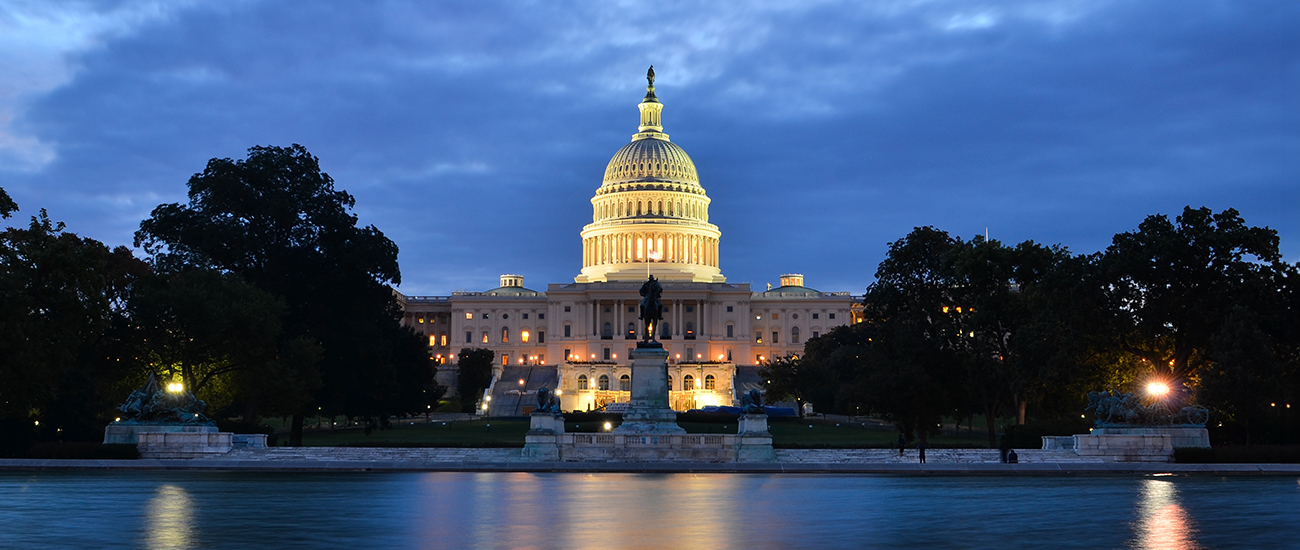- Contact Us Now: (202) 589-1834 Tap Here to Call Us
USTR Will Open an Online Portal for Section 301 List 3 Exclusion Process
On June 20, 2019 the Office of the United States Trade Representative (“USTR”) announced an exclusion process for tariffs imposed on September 2018 (“List 3”) pursuant to the U.S. Section 301 action against China. This announcement was followed by a notice published in the Federal Register. Through this exclusion process, parties will be able to request that USTR exclude specific products from the twenty-five percent tariff currently scheduled to apply to List 3 products under the Harmonized Schedule. While exclusion rounds for Lists 1 and 2 are closed, the exclusion process for List 3 products will begin on June 30, 2019 and will be administered through an electronic portal available at https://exclusions.ustr.gov (portal will open on June 30, 2019). Copies of the exclusion forms are currently available online so interested parties can begin reviewing the necessary forms.
Background on Section 301 Tariffs
A Section 301 investigation, conducted by USTR, revealed that numerous unreasonable or discriminatory Chinese laws and practices relating to technology transfer, intellectual property, and innovation are adversely affecting U.S. businesses. The investigation found that:
- The Chinese government’s use of joint ventures and foreign investment restrictions (among other practices) routinely pressure U.S. companies to transfer their technology to Chinese companies;
- The Chinese government has practices in place to make it difficult for U.S. businesses to set market terms in licensing matters and in technology-related negotiations;
- The Chinese government regularly authorizes and supports cyber intrusions into U.S. commercial networks to gain business information otherwise not publicly available; and
- The Chinese government unfairly facilitates systematic investment in U.S. companies to gain access to new technology.
USTR believes that the U.S. incurs damages of $50 billion a year as a result of these unfair and discriminatory practices.
As a result of the investigation, on September 17, 2018 USTR announced that the United States will impose an additional ten percent tariff on imports from China. These tariffs went into effect on September 26, 2018 and were supposed to increase to twenty-five percent on January 1, 2019, but the tariff increase was delayed due to U.S. negotiations with China. When negotiations with China stalled, President Trump announced on May 9, 2019 that List 3 tariffs will increase to twenty-five percent.
Parties interested in applying for exclusion for their products would be wise to address USTR’s investigation findings when completing their exclusion form paperwork. Successfully parties in the exclusion process will likely need to demonstrate how receiving an exclusion will not exacerbate the concerns USTR mentioned in its investigation report.
Applying for Exclusion
Interested parties may begin submitting exclusion requests beginning on June 30, 2019 at 12:00 pm EDT and the deadline for exclusion requests will be September 30, 2019. In its submission, a party should include descriptive information about its product and should provide supporting data and the rationale for the requested exclusion. The asserted rationale is of significant importance because USTR will evaluate each product on a case-by-case basis to determine whether the exclusion of the product will undermine the objectives of the Section 301 investigation. USTR also wants to ensure that products excluded from tariffs are narrowly defined to prevent exclusions from being overly broad. Interested parties need to submit a separate exclusion request for each product; however, one product may contain one or more goods with similar characteristics. Any exclusion will be effective starting from September 24, 2018 and will extend for one year after USTR publishes the exclusion determination.
Responses to Exclusion Requests and Replies
After a request for exclusion is posted on the USTR website, interested parties will have fourteen days to respond to the request- either in support of or opposition to exclusion. Responses, like exclusion requests, will be publicly available for others to read. After a response is posted on the USTR website any interested party will have seven days after the close of the response or seven days after the posting of the response (whichever is longer) to reply to the response. Replies will also be publicly available for others to read.




